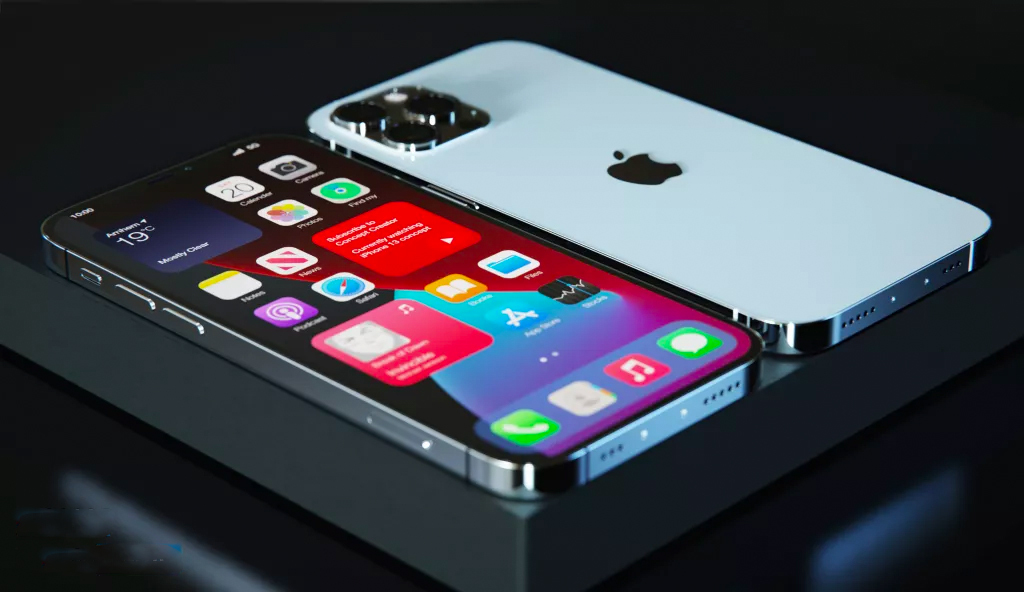iPhone 13 120Hz display just leaked — and it's great news for battery life
iPhone 13 Pro's 120Hz LTPO display could reduce battery consumption by up to 20%

Yet another rumor has popped up claiming the iPhone 13 Pro will use an adaptive refresh rate display, but the latest one has revealed the LTPO panel slated for the PRo handset will help significantly reduce screen power consumption.
According to industry sources, DigiTimes reported that the Low-temperature polycrystalline oxide (LTPO) displays Samsung and LG will make for the iPhone 13 Pro will not only give Apple's next flagship smartphones a 120Hz refresh rate display but also see the phone’s power consumption drop by 15% to 20%.
- Everything we know about the iPhone 13 so far
- The best iPhones you can buy today
- Plus: iMessage could have come to Android years ago but Apple killed it
Given the iPhone 13 Pro is expected to have a powerful new chip, likely the A15, as well as a high refresh rate display and 5G connectivity, keeping power consumption in check will be important to ensure next-gen iPhones don’t run out of juice before the day is over.
Currently, the iPhone 12 Pro Max is the Apple phone with the best battery life, lasting 11 hours and 54 minutes on our battery test, which involves continuously surfing the web over LTE or 5G until a phone’s battery dies. A phone needs to last more than 11 hours to make it onto our best phone battery life list. Unfortunately, neither the iPhone 12 or iPhone 12 Pro manage to do that.
Those phones have 5G connectivity and 60Hz OLED displays. So logic would dictate that an increase in refresh rate would see the phones suck up even more battery power.
iPhone 13: Why LTPO is a big deal
But TPO panels allow for high refresh rate panels to be slowed down to single figures if a speedy refresh rate isn't needed, say when you’re simply looking at photos rather than playing fast-paced games. With the likes of the Samsung Galaxy S21, we’ve seen LTPO panels keep battery life in check, though they haven't exactly wowed us on battery endurance.
However, Apple’s work with optimization in the past has yielded phones with strong battery performance. So combine this with an LTPO panel and up to 20% less power consumption, and we could be looking at future iPhone Pro phones that deliver flagship screens and connectivity without compromising endurance.
Sign up to get the BEST of Tom's Guide direct to your inbox.
Get instant access to breaking news, the hottest reviews, great deals and helpful tips.
An LPTO display would at least put the iPhone 12 Pro on par with the top Android flagship phones of 2021 so far. But it’s arguably a little disappointing that the whole iPhone 13 range doesn't seem tipped to get LTPO tech, though that's not to say a higher-than-60Hz refresh rate is off the table.
As for other iPhone 13 upgrades, we’re expecting to see a smaller display notch, sensor shift camera stabilization across the lineup, and an improved ultrawide camera for the iPhone 13 Pro.
We’re expecting improvements in software to make for a slicker iOS experience and more camera features such as astrophotography and portrait mode video. Touch ID is also tipped to come in the form of an under-display fingerprint sensor.
It’s looking promising that the iPhone 13 range will return to its September reveal window, so expect the rumors and leaks to build up as the year presses on. We’re quietly optimistic that the upgrades brought in by the iPhone 13 should give it a good chance at making it onto our best phones list.
Roland Moore-Colyer a Managing Editor at Tom’s Guide with a focus on news, features and opinion articles. He often writes about gaming, phones, laptops and other bits of hardware; he’s also got an interest in cars. When not at his desk Roland can be found wandering around London, often with a look of curiosity on his face.

